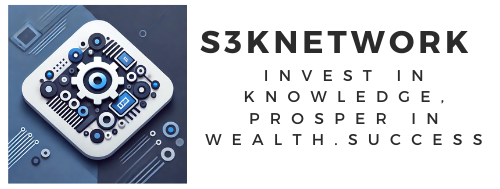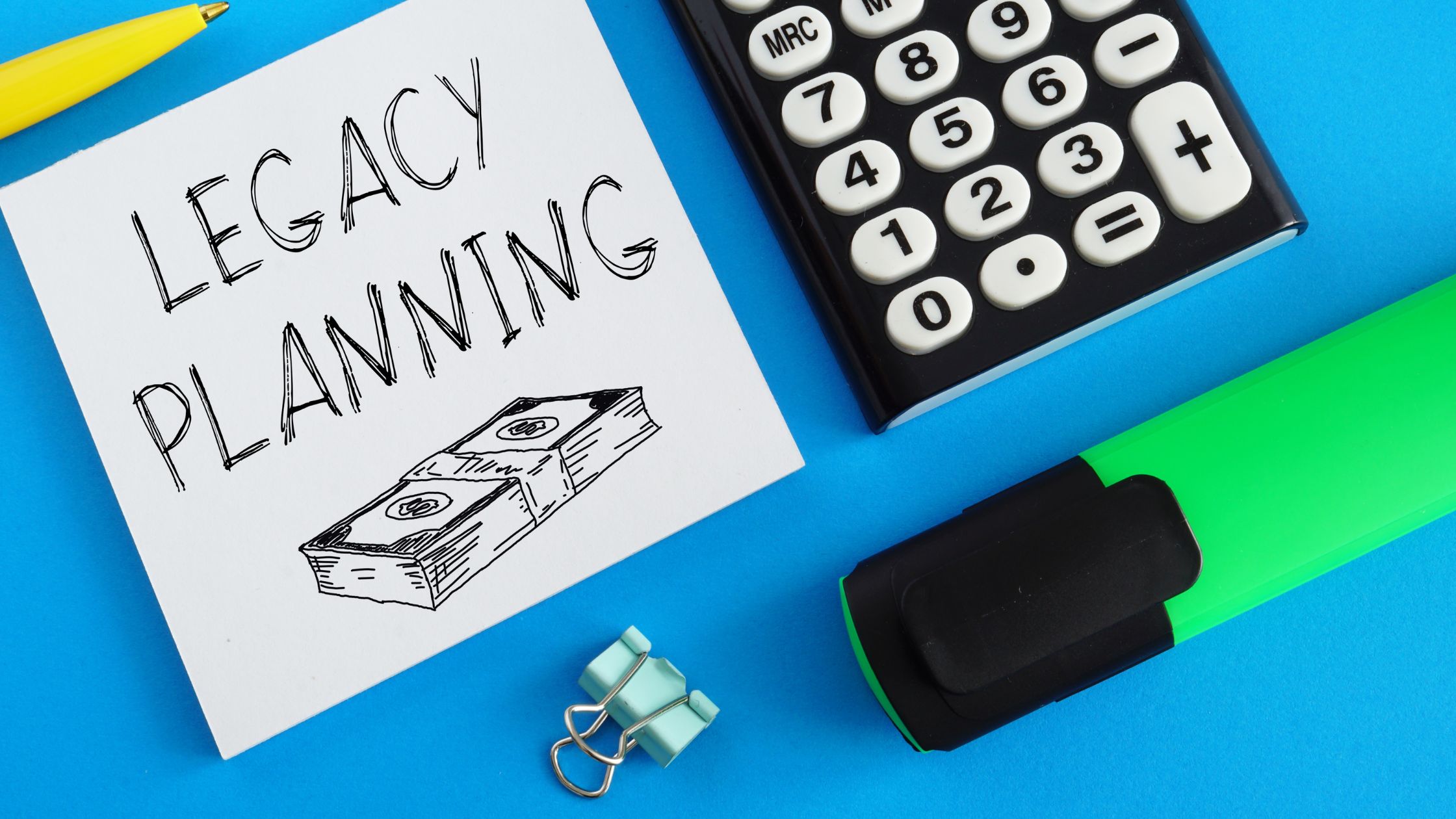Legacy planning is an essential but often overlooked part of life. It’s about more than just wills and inheritances—it’s about ensuring that your values, wishes, and financial goals are carried out after you’re gone. Whether you’re aiming to provide for your family, protect your assets, or ensure that your life’s work lives on, legacy planning helps make sure that you leave behind the legacy you want.
To make the process more manageable, we’ve put together this comprehensive guide. From organizing documents to planning for unexpected health concerns, this essential checklist will help you secure your legacy with confidence.
What is Legacy Planning?
Before diving into the checklist, let’s clarify what legacy planning is. In simple terms, legacy planning involves creating a structured plan to distribute your assets, fulfill your final wishes, and ensure the well-being of your loved ones. This process goes beyond estate planning—it also includes the ethical, personal, and sentimental aspects of what you leave behind.
Legacy planning can encompass:
- Wills and trusts for distributing financial assets.
- Healthcare directives and powers of attorney to manage medical care and financial affairs if you become incapacitated.
- Charitable giving or philanthropic endeavors to continue your contributions to causes you care about.
- Business succession planning if you own a business.
- Personal values, ethical wills, and family history that communicate your life’s lessons and values to future generations.
The process can seem overwhelming, but with the right planning and resources, it doesn’t have to be. Now, let’s walk through a detailed checklist for comprehensive legacy planning.
1. Start with a Personal and Financial Inventory
The first step in legacy planning is understanding what you have. Create an inventory of your personal, financial, and business assets. This will help you organize your affairs and identify areas where you need further planning.
- Financial Assets: Include all bank accounts, investments (stocks, bonds, mutual funds), retirement accounts (401(k), IRAs), real estate holdings, and life insurance policies.
- Personal Property: List valuable personal property such as jewelry, cars, art collections, and any other possessions that are of financial or sentimental value.
- Business Assets: If you own a business, include details of business ownership, assets, liabilities, and succession plans.
- Liabilities: Don’t forget to list your debts, including mortgages, credit cards, and any personal or business loans.
This inventory will be critical in determining how your assets are distributed and identifying any potential gaps in your current plans.
2. Draft a Will or Update an Existing One
Your will is one of the most important documents in your legacy planning toolkit. It outlines how your assets will be distributed after your death. Without a will, the courts may decide how to divide your assets based on state laws, which might not align with your wishes.
In your will, you should:
- Appoint an executor to manage your estate.
- Designate guardians for minor children, if applicable.
- Specify how your assets will be distributed to heirs and beneficiaries.
- Provide for any charitable donations or philanthropic goals.
Remember, if you already have a will, it’s important to review and update it regularly, especially after major life changes like marriage, divorce, the birth of a child, or significant financial changes.
3. Set Up a Trust (If Needed)
While a will handles the distribution of your assets, a trust can offer additional control over how and when your assets are distributed. Trusts are useful if you want to:
- Minimize estate taxes: Some trusts can reduce the amount of estate taxes your beneficiaries will owe.
- Avoid probate: Assets in a trust can bypass the often lengthy and expensive probate process, allowing beneficiaries quicker access to their inheritance.
- Control distribution: Trusts can specify how and when beneficiaries receive their inheritance, which is helpful if you’re leaving assets to minors or individuals who may not be financially responsible.
There are various types of trusts, including revocable living trusts and irrevocable trusts, each with different rules and tax implications. Consulting an attorney or financial advisor can help you choose the best option.
4. Assign Powers of Attorney
Legacy planning isn’t only about what happens after you’re gone; it also involves planning for circumstances where you may be unable to make decisions for yourself due to illness or incapacity. Powers of attorney give someone else the legal authority to make decisions on your behalf.
- Healthcare Power of Attorney: This allows someone to make medical decisions for you if you are unable to do so.
- Financial Power of Attorney: This grants authority for someone to handle your financial affairs, such as paying bills, managing investments, or filing taxes.
Without these documents in place, your family may have to go through legal channels to gain control over these aspects, which can be time-consuming and expensive.
5. Create a Living Will or Advance Directive
An advance directive, also known as a living will, outlines your preferences for medical treatment if you become seriously ill or incapacitated. This document typically covers things like:
- Resuscitation preferences: Whether you want to be resuscitated if your heart stops.
- Life-sustaining treatments: Decisions about feeding tubes, ventilators, or other life-sustaining treatments.
- Organ donation: Your preferences for organ donation, if applicable.
Making these decisions ahead of time relieves your loved ones of the burden of guessing what you would want, reducing stress and potential conflicts during difficult times.
6. Consider Long-Term Care Planning
As part of your legacy plan, think about how you will handle long-term care if you develop a chronic illness or need assistance as you age. Long-term care can be expensive, and failing to plan for it could drain your estate.
Some options include:
- Long-term care insurance: This can cover the cost of nursing homes, in-home care, and assisted living facilities.
- Medicaid planning: Medicaid can help cover long-term care costs, but there are strict income and asset limits, so careful planning is required.
- Personal savings or retirement funds: Some people choose to use personal savings or retirement accounts to pay for long-term care.
Planning ahead ensures that your assets are preserved and that your care needs are met.
7. Review Beneficiary Designations
Certain assets, such as life insurance policies, retirement accounts, and bank accounts, allow you to designate beneficiaries who will receive these assets directly upon your death. It’s crucial to regularly review and update these designations, especially after major life changes, to ensure they reflect your current wishes.
Common mistakes include:
- Failing to update beneficiaries after a divorce or remarriage.
- Not naming contingent (backup) beneficiaries.
- Leaving designations blank, which can result in those assets becoming part of your estate and subject to probate.
Updating your beneficiaries is usually a simple process but can have a significant impact on how your assets are distributed.
8. Plan for Digital Assets
In today’s digital world, you likely have various online accounts and digital assets that need to be managed after your death. These might include:
- Email and social media accounts.
- Online banking or investment accounts.
- Digital photos or documents stored in the cloud.
Consider creating a list of all your digital accounts, along with instructions on how to access them. Some platforms allow you to designate a “digital heir” or a person authorized to manage your account after you pass away.
9. Create an Ethical Will
An ethical will is a non-legally binding document where you can express your personal values, beliefs, life lessons, and hopes for future generations. While traditional wills deal with the distribution of financial assets, ethical wills deal with your personal legacy.
This document can include:
- Life lessons or advice for your children or grandchildren.
- Stories from your life that convey important messages.
- Hopes and dreams for your family’s future.
Though not legally binding, an ethical will can be a powerful way to communicate what truly matters to you beyond material wealth.
10. Ensure Proper Business Succession Planning
If you own a business, planning for its future is a critical part of your legacy. Business succession planning ensures that your company can continue to thrive after you step down or pass away.
Key elements of business succession planning include:
- Choosing a successor: Identify who will take over leadership, whether it’s a family member, a business partner, or an outside party.
- Valuing the business: Ensure your business is properly valued for transfer, whether through sale, inheritance, or other methods.
- Tax planning: Plan for any tax implications of transferring or selling the business.
- Transition planning: Create a detailed plan to ensure a smooth transition of ownership and management.
Business succession planning ensures that your company continues to operate smoothly and that your hard work isn’t lost after you’re gone.
11. Communicate Your Plans with Family
One of the most important aspects of legacy planning is communication. After you’ve developed your plans, be sure to share them with your loved ones. This helps prevent misunderstandings, reduces conflict, and ensures that everyone knows what to expect.
Key topics to discuss with family include:
- Your wishes for end-of-life care.
- How assets will be distributed.
- Who is responsible for handling different aspects of your estate.
- Any charitable donations or causes you want to support.
Clear communication can help your family feel more prepared and reduce potential conflicts during a stressful time.
Also Read: Top 5 Estate Tax Planning Strategies for 2024
12. Review and Update Your Plan Regularly
Finally, remember that legacy planning isn’t a one-time task. Your life and circumstances change, so your legacy plan should too. Make it a habit to review your plans at least once a year and update them after major life events, such as marriage, divorce, the birth of a child, or a significant change in your financial situation.
Legacy planning may seem complex, but breaking it down into manageable steps can help you create a solid plan for the future. By following this checklist, you can ensure that your wishes are respected, your loved ones are cared for, and your life’s work continues to make an impact. Take the time to plan today, and you’ll leave behind more than just an inheritance—you’ll leave a lasting legacy.

